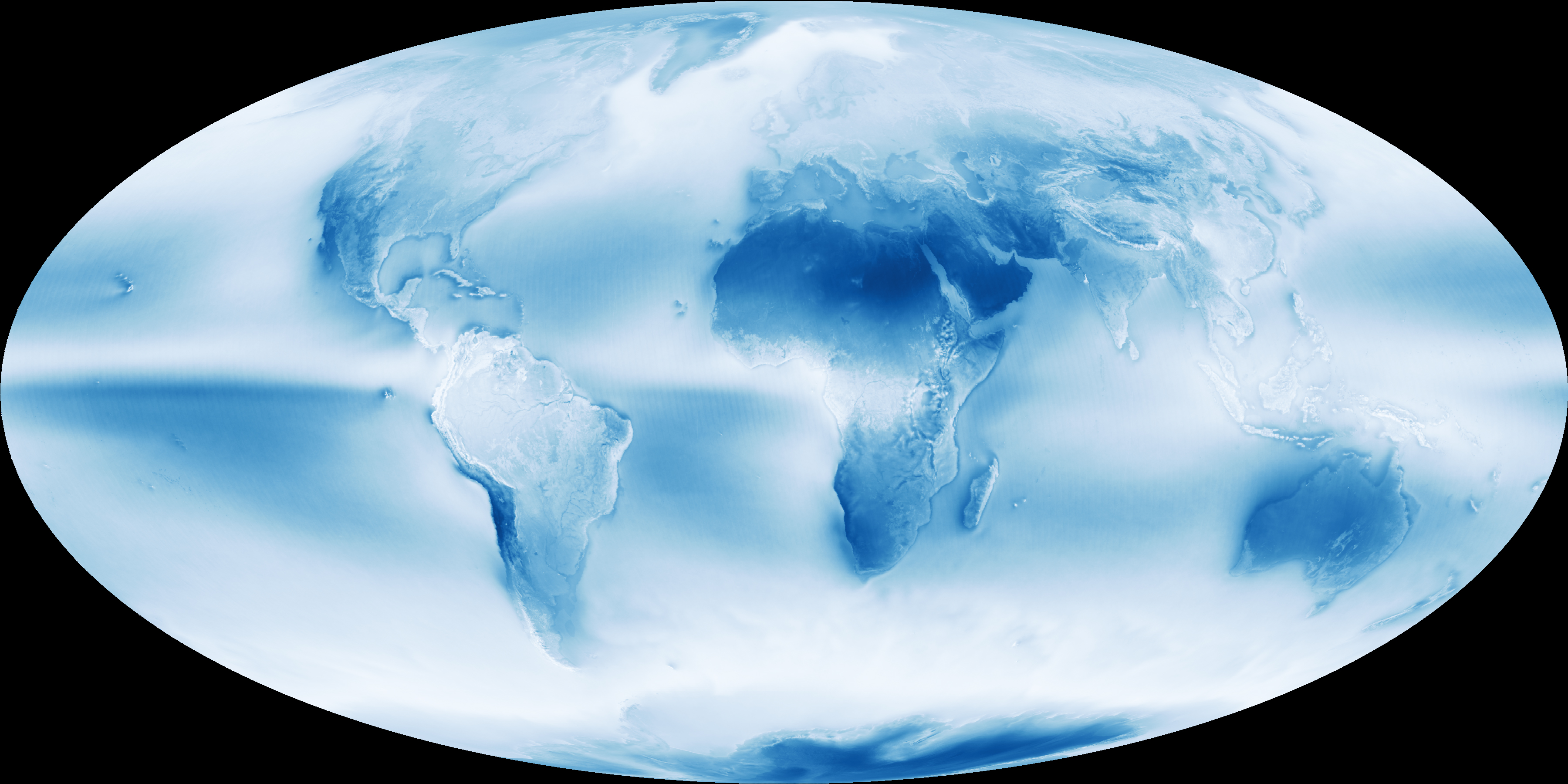»they don’t continue through lake/reservoir«
true, I’ve seen that often enough.
also happens in correspondence to dams/dykes, I’ve been mapping some pressurised waterways, I’m sure there’s many more.
»mistagged (river/stream)«
also true, that’s again common enough. what happens here: streams often bear an official name starting with “río” and local mappers tend to translate this into the classification of the waterway, up to the very source of the “río”. should you reclassify the upper segment of a “río-river” to “río-stream”, I suggest you add a note to the object, in Spanish, something like “este sector del Río Xyz tiene tamaño que corresponde a la clasificación ‘stream’, por favor no la cambien con ‘river’.”
»Do you mean that the border is tagged as waterway but there is a separate waterway next to it?«
nope, it’s a bit more complex than that: given that the administrative border is defined by law as following waterway, the easy scenario is (1.a) some time in the past some administrative border has been mapped as border but not as waterway, (1.b) subsequently the waterway has been mapped but not activated as administrative border. I guess a viable option within your project is to forget about administrative borders.
a worse case is when (2.a) the border was copied from the official source, (2.b) tagged as waterway regardless the real placement and extension of the waterway. in this case you would need to decide where to end the waterway and leave the administrative border. I’ve had one professional hiking guide telling us that he found a mapped river without any river on the ground, but hills and peaks … I trust that the local community will be grateful if you would comment on our dubious/low quality changesets. we can only learn from criticism.
»Did you also have any specific suggestion for the natural=shingle or intermittent=yes?«
not really. we can talk about it, I hope your team has already met and solved the issue. we have shingle in the South of Mariato District, and around Volcán. all that is shingle would be included in the intermittent, but I would expect the intermittent to cover a larger area. I don’t know if you have access enough pictures as to highlight any seasonal variations. the rainiest period is October-November, while there’s little-to-no rain around March. since rainiest is also cloudiest, you will probably only have good aerial pictures not showing the maximum extension of the waterways.
» … I can also mark some of the populated places when I see them«
I understand you’re focusing on waterways … see what you can do, thanks in advance!
finally: would you need concrete examples, in the form of links to objects? I would need to look for them.
I’ll check your wikipage, thanks for the link.
Mario
